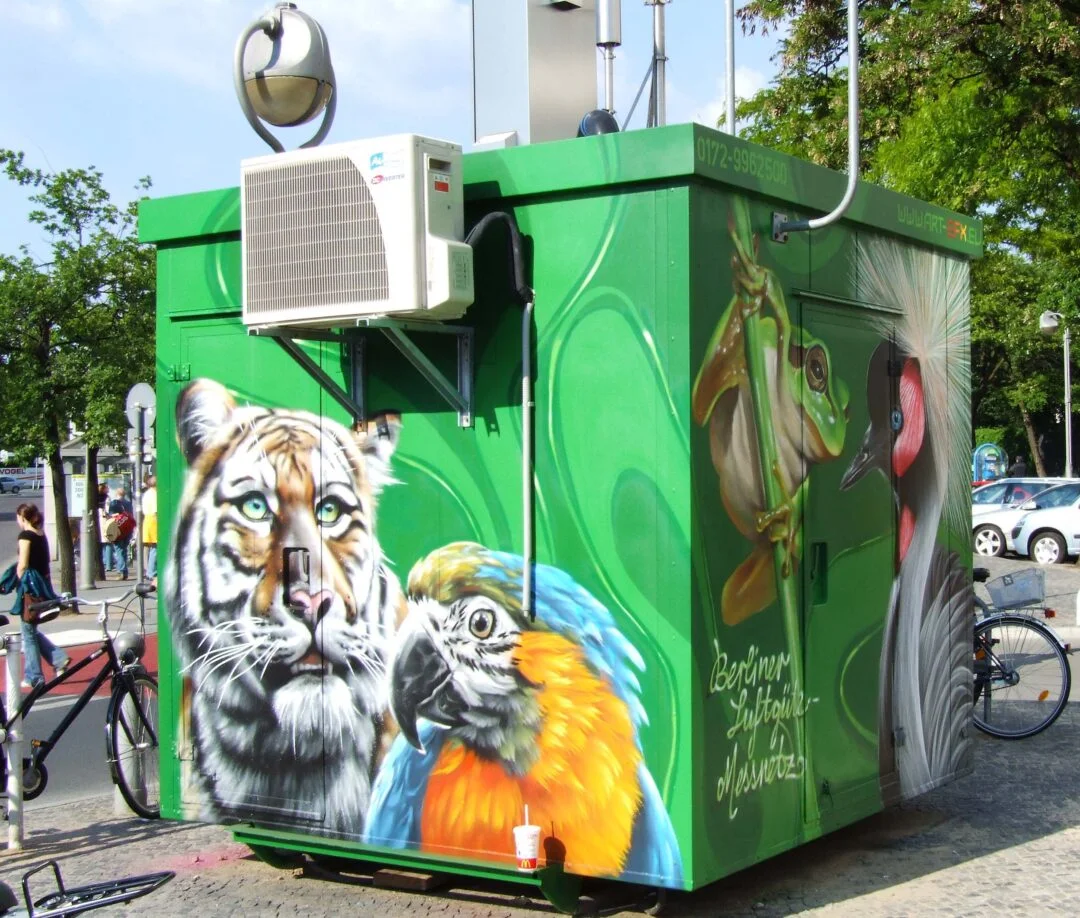
Analysis of air pollutants

Project description
April 2022 – December 2024
In several steps, the possibilities for flexible monitoring and analysis of air pollutants will be improved and the implementation of an air quality forecasting tool will be introduced. For this purpose, novel sensor systems will be tested as a supplement to the existing stationary air quality measurement network for monitoring air quality. Furthermore a tool to forecast the air pollution will be tried out.
Sensor systems for air quality measurement
The project will investigate the possibility of equipping defined study areas with suitable sensor systems for air pollutants that generate spatially and temporally highly resolved and valid measurement data on air quality. The collected measurement data will be used, among other things, as input data and for the evaluation of environmentally sensitive traffic management measures. With their help, findings on small-scale immission situations are to be obtained, which are currently being collected and validated using dispersion models, and the dispersion models optimised.
The aspect of limit value monitoring according to the 39th BImSchV is in the background. For effective implementation of the objectives, the measurements with the sensor systems are to be connected to the data acquisition, validation and quality assurance of the routine measurements of the Berlin air quality measurement network. In the future, it is conceivable that the sensor systems will be used to monitor limit values.
In the run-up to the deployment, suitable sensor systems are selected and a suitable operating concept is developed. During the entire study period, the sensor systems are regularly subjected to quality assurance measures and transferred to the air quality measurement network control centre.
Air pollution forecast
The aim of this sub-project is to model the current air pollution load in Berlin temporally and spatially at different scales and resolutions. In addition, the air pollution load is to be forecast a few days in advance. The main focus will be on the air pollutants NO2, PM10 and PM2.5, as these are still significantly above the target values recommended by the WHO for the protection of human health.
All previous analyses have shown that air pollutant concentrations are higher at main roads than at locations far from roads. herefore, the spatial focus should be on the main roads. However, in order to complete the overall picture, the situation in classic residential areas should also be better mapped. The aim is to give the public a comprehensive picture of air pollution levels, to sensitise them to the issue of air pollutants and to influence mobility behaviour in order to ultimately reduce traffic-related air pollution.
In order to be able to implement an environmentally sensitive traffic management system that specifically intervenes when air quality is poor, a certain lead time is necessary. Therefore, a forecast of air pollution levels on an hourly basis for at least five days in advance is to be developed.

Objectives & core questions
- The aim of Berlin’s air pollution strategy is to approach the target values proposed by the WHO for the protection of human health.
- Modelling of the hourly current air pollutant load at roads
- Area-based modelling of the hourly current air pollutant load in the whole of Berlin
- Modelling of predicted air pollution levels for the next few days with a focus on major roads
- Development of threshold values at highly polluted points in order to approach the values recommended by the WHO
About the Berlin Air Quality Monitoring Network
To monitor air quality in accordance with the 39th Ordinance to the Federal Immission Control Act (39. BImSchV), the Berlin Air Quality Monitoring Network operates automatic measuring stations at representative locations assigned to one of the three pollution regimes: traffic, urban background and urban fringe. High temporal resolution measurements are carried out for air pollutants such as nitrogen dioxide, ozone, carbon monoxide and particles PM10 and PM2.5.
Measured values and information on the measuring stations of the Berlin air quality measuring network are available on luftdaten.berlin.de or in the Berlin Air App. The measurements with high temporal resolution are supplemented by small sampling devices attached to street lamps (soot and benzene immission samplers RUBIS and passive samplers), which provide an important addition to the data basis, especially for pollution from road traffic.
